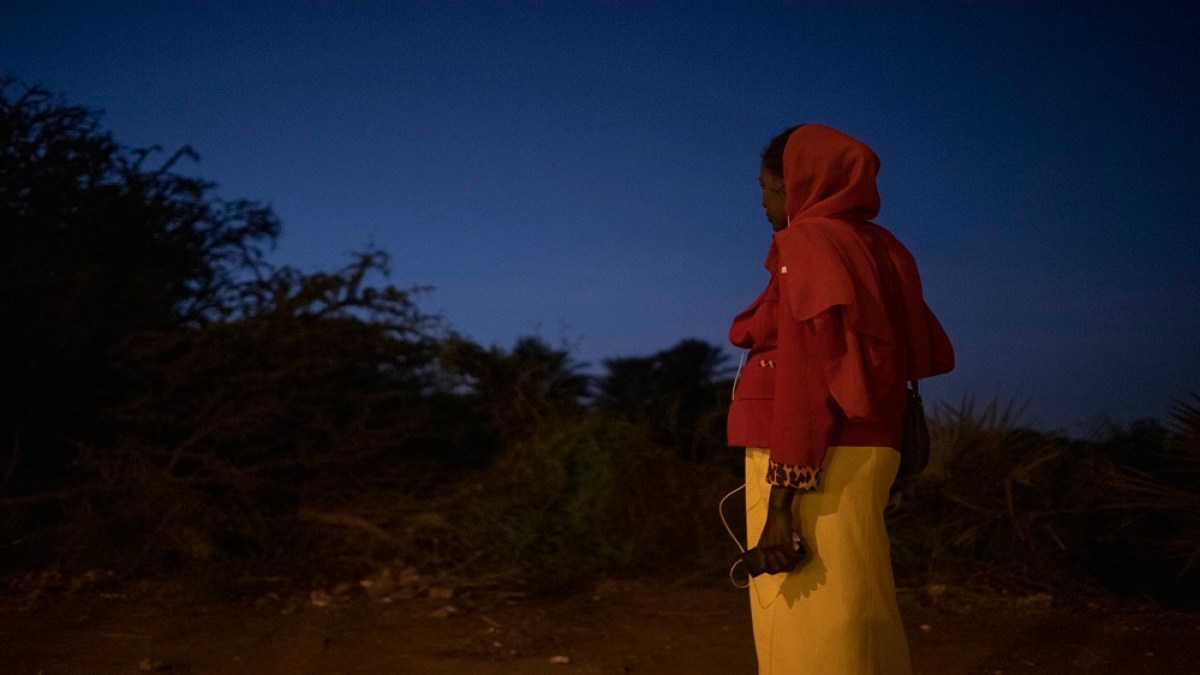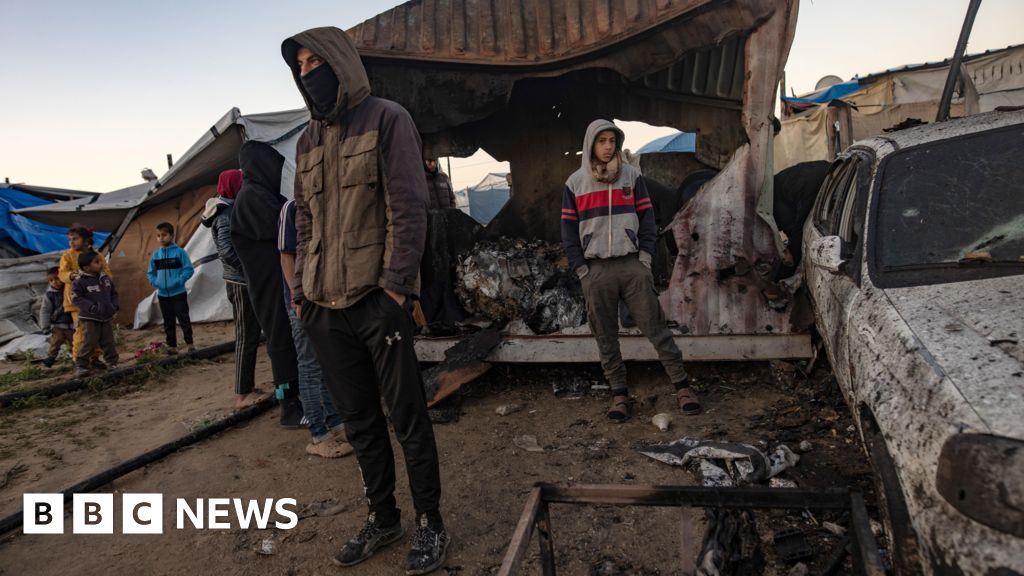Why are Cape fur seals in South Africa getting infected with rabies? | Wildlife News
In May this year, a seal at a popular beach in Cape Town, South Africa, bit five surfers in a matter of minutes. The surfers laughed it off with characteristic nonchalance, but seal experts were concerned because this extremely unusual behaviour seemed part of what was becoming a pattern.
Six days earlier, on the other side of the city, a seal had washed up with horrific facial injuries that could only have been caused by a seriously aggressive animal.
Starting in late 2021, authorities noted with concern an uptick in seal aggression. While most seals continued to ignore people, a few seemingly “deranged” animals had started biting people or other animals with no provocation.
“Although the behaviour looked ‘rabid’, our best scientific knowledge was that seals don’t get rabies,” says Dr Tess Gridley, founding director of Sea Search, an NGO specialising in marine mammal research.
After the May attacks, as public speculation spiked, a decision was made to send four seals (the two previously mentioned and two others) for rabies testing. “We were desperately hoping it wouldn’t be rabies,” says Gridley.
The answer was shocking: three out of those four seals tested positive for rabies. The number has since risen to 17.
What’s the current state of the outbreak?
At the time of writing, 17 seals along a 650km (404-mile) stretch of coastline between Cape Town and Plettenberg Bay have tested positive for rabies. Some of these positive tests have come from animals euthanised for their aggressive behaviour since the first case was confirmed, while others stem from retrospective testing of 130 specimens biobanked (preserved) by Sea Search as part of an unrelated investigation over the past three years. The number of positive cases – from both retrospective and future testing – is sure to rise.
While research is ongoing, the latest sequencing suggests that the seals have a wildlife strain of the virus.
“Our best guess is that the seals got it from black-backed jackals,” says Dr Brett Gardner, a veterinarian with a special interest in disease epidemiology who is based at the University of Melbourne in Australia. Rabies is endemic among southern African jackals, which prey on seal pups in land-based colonies on the West Coast of South Africa and Namibia.
At least one domestic dog in Cape Town appears to have contracted rabies from a seal bite. So far, none of the humans who have been bitten by rabid seals have developed rabies.

Why are experts so concerned?
It is the first outbreak of rabies among marine mammals anywhere in the world. The only other known case of a seal catching rabies took place in the Norwegian island of Svalbard in 1980 and was seen as an isolated incident.
“We simply don’t know what course the disease will take,” says Gardner. “And we have loads of questions about things like transmission rate. Will this resemble what we are used to seeing in conventional terrestrial mammals, or will it be more like the unexpected mass mortalities historically seen in kudu infected with rabies?”
Two million Cape fur seals live along a 3,000km (1,864-mile) coastline stretching from southern Angola to Algoa Bay on the east coast of South Africa. The seals spend days or weeks at sea, but when on land they live in crowded colonies where their need to defend their personal space results in frequent fights and squabbles – which is not ideal, considering rabies is primarily transmitted through saliva.
On a potentially positive note, seals have less saliva than land mammals – swallowing slimy fish while underwater doesn’t require much lubrication.
“We are encouraged by the fact that no humans have developed rabies yet,” says Gardner, who is curious about why this may be. “Is the saltwater reducing the viral loads or partially inactivating the virus? Are people’s neoprene wetsuits cleaning seals’ teeth before they draw blood?
“We don’t know any of these answers yet.”
![A seal is tested for rabies in May 2024 [Courtesy of Sea Search]](https://www.aljazeera.com/wp-content/uploads/2024/08/rabid-seals-Sea-Search-Sampling-20240527-Rabid-Seal-Muizenberg-CNadin-1723993583.jpg?w=770&resize=770%2C513)
Is it safe to go to the beach in South Africa?
Surfers, swimmers, fishers and other water users have been urged to continue enjoying the ocean, but to do so with caution and to always walk dogs on leashes.
“There’s no need to panic if you see a relaxed seal,” says Gregg Oelofse, who heads up the coastal management team for the City of Cape Town. “But if an animal looks frenzied or aggressive, please get out of its way and alert fellow beachgoers and the authorities.”
Some more non-specific signs that an animal might have rabies are incoordination and other neurological signs, Gardner says.
Lifeguards and shark spotters in the affected areas have been instructed to close beaches if in any doubt, and companies offering seal snorkelling tours have been left with no option but to cease operations.
Rabies is a slow-moving disease of the nervous system – it can incubate for months or even years. Once it becomes symptomatic, however, it is almost always fatal, in all species.
If a person is bitten, the wound should be washed with soap and water for 15 minutes. The next step is to visit a doctor for a shot of rabies immunoglobulin (which binds to the virus) and a course of rabies vaccines. With this course of action, contracting rabies is extremely unlikely.
What’s the most likely outcome of the outbreak?
While both Gardner and Gridley emphasise that there is no scientific precedent when it comes to rabies outbreaks among marine mammals, experience of the disease in terrestrial animals suggests three possible scenarios.
- The disease could be eradicated through vaccination programmes. However, with two million seals spread across three countries (Angola, Namibia, South Africa), this is not feasible, especially as the rabies vaccine requires multiple doses to be fully effective and oral baiting with vaccines, which is done for raccoons and coyotes, is out of the question.
- The disease becomes a low-level endemic among Cape fur seals, with occasional flare-ups such as the one currently being experienced. “The effect on the seal population remains unknown,” notes a City of Cape Town press release. “But in other animals, rabies typically pursues a ‘slow burn’ course of flares and declines, rather than resulting in mass mortalities.”
- The disease becomes more virulent, causes more deaths and is more widespread, as happened with kudu in Namibia in the 1970s.
“Based on what we know so far, the second scenario is by far the most likely,” says Gardner, who adds that the public can rest assured that scientists around the world are giving this their full attention.

Is the whole ecosystem at risk?
While the outbreak is by no means ideal, it does not appear – at least for now – to be apocalyptic, either. Rabies affects mammals only, so there’s no need to worry about seagulls or penguins contracting it. And although dolphins or whales could technically catch it from seals, their behaviour patterns make this extremely unlikely.
Scientists are most concerned about vagrant seals from the subantarctic – especially elephant seals, which get quite close to Cape fur seals – contracting the disease and taking it back to their home ranges. While this is considered highly unlikely (there are just a handful of vagrants each year), there is a plan to vaccinate all vagrant animals who visit, says Oelofse. There are also plans to vaccinate “harbour seals”, Cape fur seals that live in harbours and are often fed by humans.
One local species that might be at risk is the Cape clawless otter, which does regularly interact with Cape fur seals – and has a much smaller, and more vulnerable total population of between 21,000 and 30,000.
What next?
“Coastal authorities will continue to work closely with state vets and scientists to implement ongoing proactive measures to manage the rabies outbreak responsibly,” says Oelofse.
One of their primary concerns is that seals will congregate in massive groups when breeding season kicks off in October.
“I am really reassured by the proactive stance I’ve seen from everyone in South Africa,” says Gardner. “And I’m hopeful that they will be able to euthanise problem animals before they get into the breeding colonies, but a bit nervous if they don’t.”
Check out our Latest News and Follow us at Facebook
Original Source







